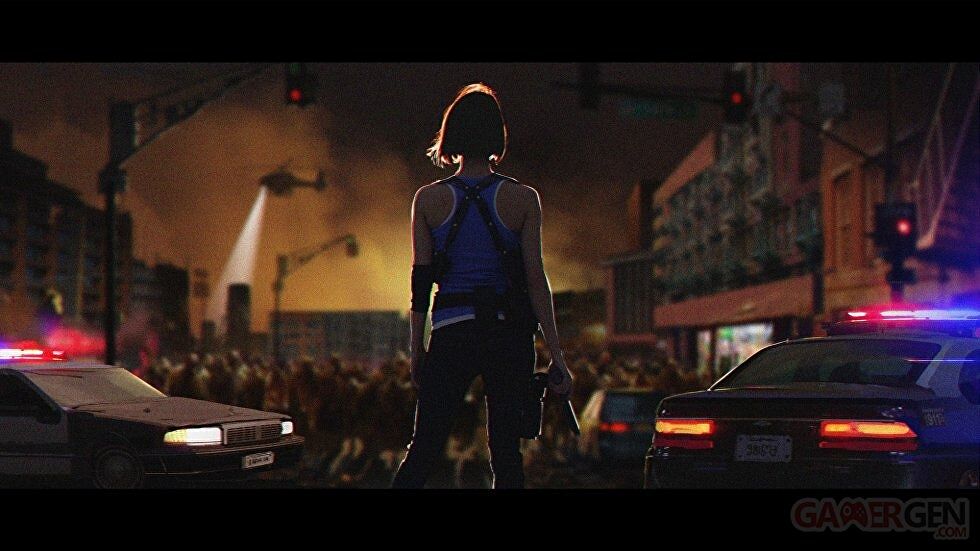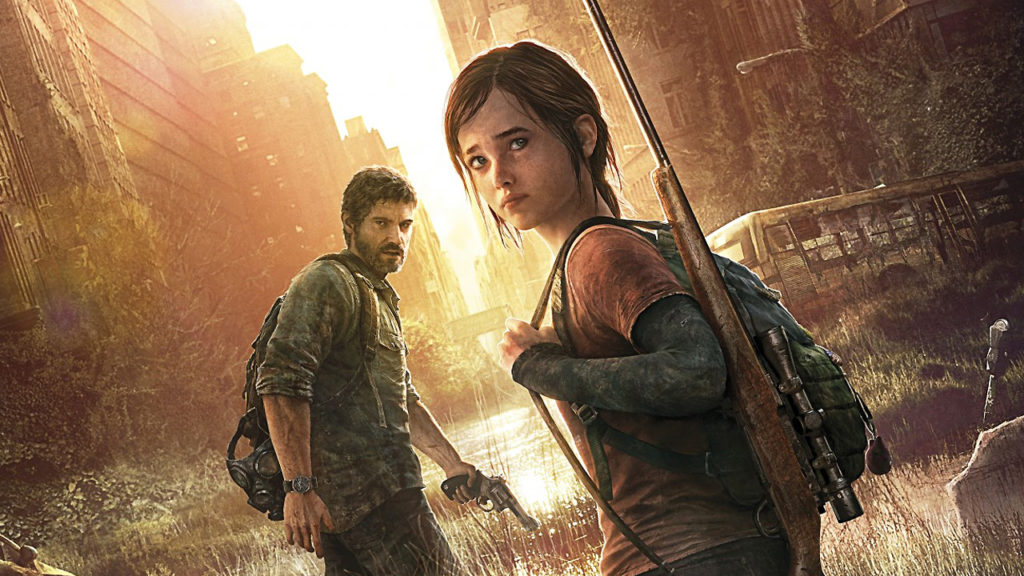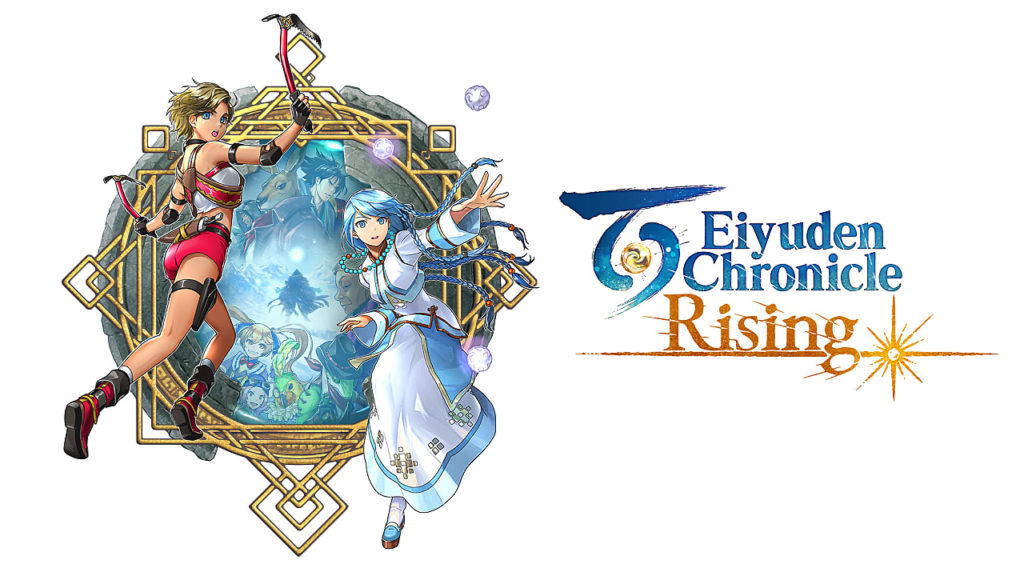Microsoft must really want people to buy Game Pass subscriptions. Not only do they keep putting it on sale (sign up for 30 days for only $1, even if you already previously subbed!), but they keep allowing for all sorts of hacks that allow you to extend a Game Pass sub for less than face value.

In fact, they’re not just allowing it, but enabling it. If you buy three months of Xbox Live Gold, you can convert it into 50 days of Game Pass Ultimate. So when I found a place selling 3-month codes for Gold for only five bucks, I managed to land myself a little more than half a year’s worth of Game Pass Ultimate for less than the cost of a single month. → If you die in the article, you die in real life.







